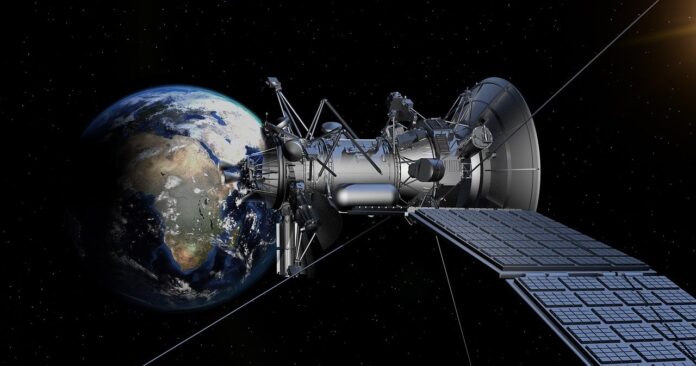Zimbabwe plans to launch its first satellite, ZimSat-1, into orbit in November.
The Cygnus NG-18, an uncrewed spacecraft that provides commercial cargo resupply services to the International Space Station (ISS) on behalf of the United States’ National Aeronautics and Space Administration, will transport ZimSat-1 to the International Space Station next month (NASA).
In November, the satellite will be launched into orbit from the International Space Station.
ZimSat-1 will be launched as part of NASA’s Joint Global Multi-Nation Birds Satellite (BIRDS) programme.
The satellite was announced by Minister of Finance and Economic Planning Mthuli Ncube back in November 2019 while presenting the 2020 National Budget.
The Minister stated during the budget presentation that the satellite was necessary for the country’s research and development efforts.
In his own words, the Minister said,
“Research and development is critical for Zimbabwe’s social-economic transformation and competitiveness, as the country strives to attain Vision of 2030.
“Research and Development Programmes will be supported by government and private sectors as the country seeks to innovate in developing new services or products and also advance the value addition strategy.
“The Budget has set aside resources for the Research and Development programme, including the launch of the space satellite.”
Following satellite launch delays, ZimSat-1 is now set to reach the ISS next month.
According to The Sunday Mail, ZimSat-1 is expected to arrive at the ISS on October 28 before being launched from Japan’s Kibo module.
Zimbabwe National Geospatial and Space Agency (ZINGSA) co-ordinator Dr Painos Gweme told the publication,
“Our launch was disturbed by weather, and it is now scheduled for October 28.
“The rocket will go to the International Space Station in October, then the satellite will be loaded into the Japanese Kibo module, awaiting release into space.
“This is usually determined by weather in space.
“So, it usually takes two or three weeks, then the satellite is released into orbit.
“We already have the necessary infrastructure in place. We have the receiving systems in place, so once we launch, we will immediately be able to put our space presence to good use.”
Three Zimbabwean scientists are currently in Japan working on the project.
According to state media, once the satellite is operational, Zimbabwe will be able to use geospatial technology to manage its borders, calculate total mineral quantities, and assist telecommunications companies in improving their services.
